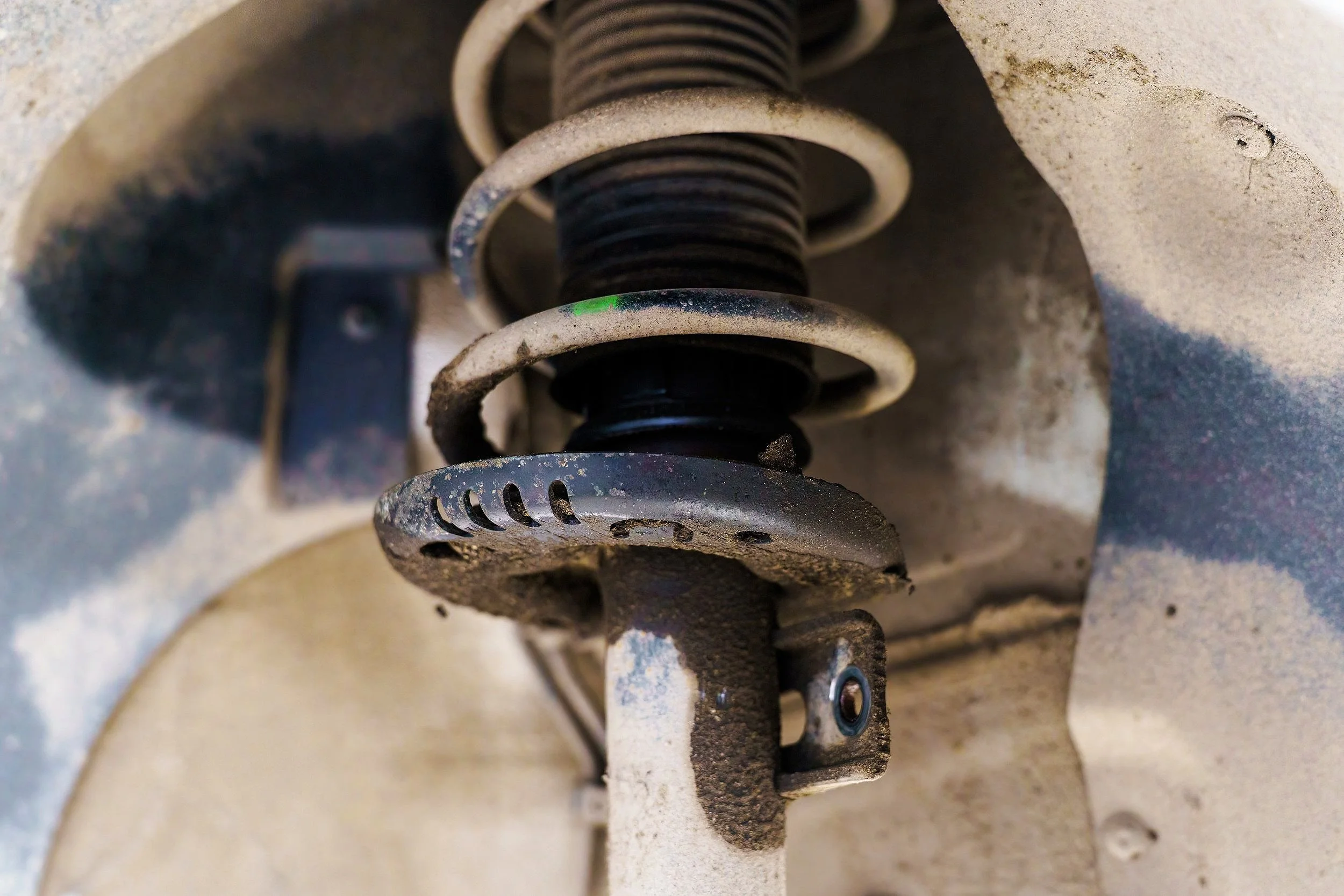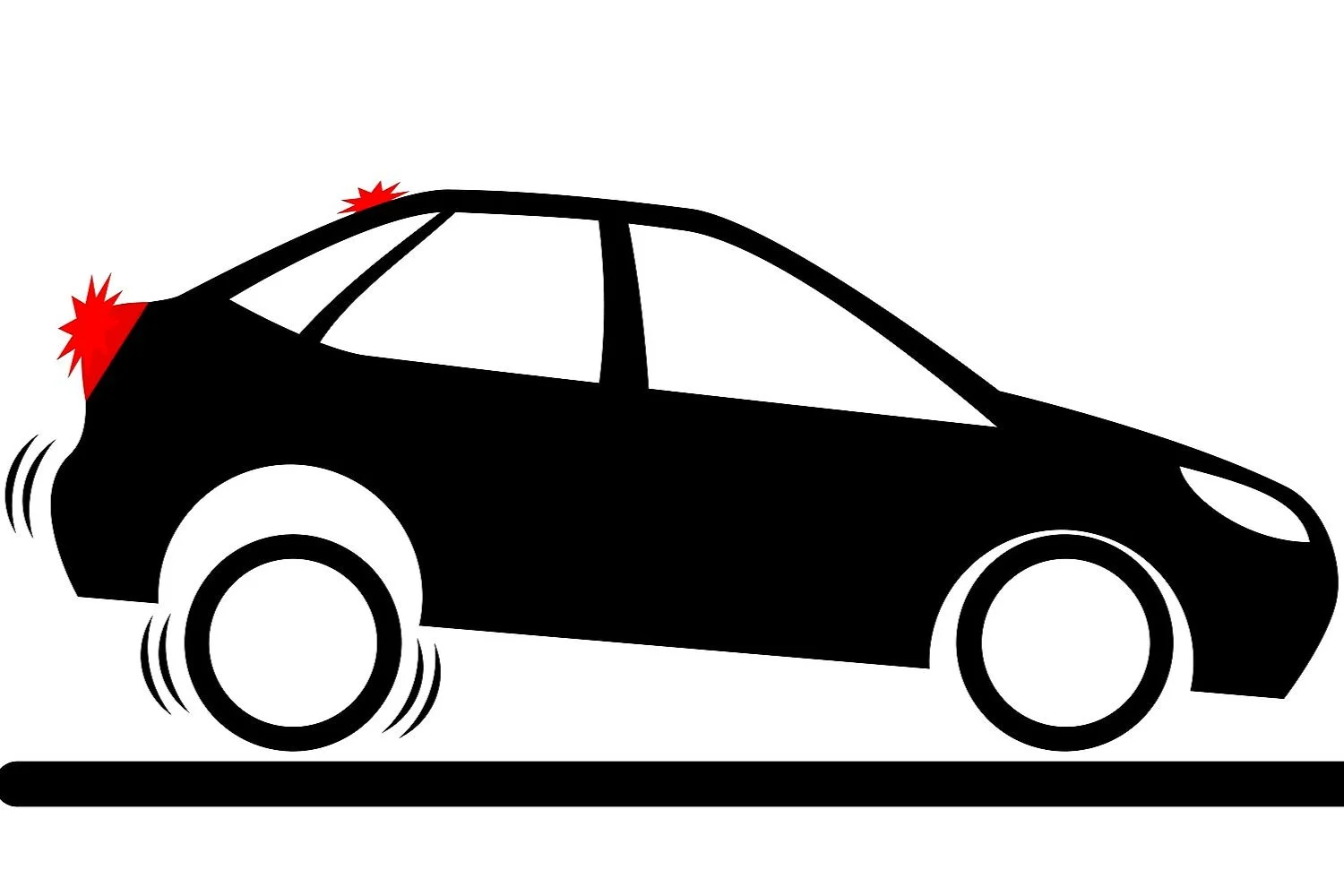5 Symptoms Of Bad Struts You Should NOT Ignore
Does your car bounce more than usual when driving on uneven roads? This could be an indication that your struts are wearing off.
Purpose
Struts play a crucial role in your vehicle's suspension system. Their purpose is to support the weight of the car and act as a shock absorber when driving over bumpy roads. The most common strut type is the MacPherson, which typically includes a shock absorber and a coil spring combined into one unit. Also, a less common type of strut is known as the modified strut, where the spring isn't part of the strut assembly. Instead, the spring is typically mounted to the lower control arm.
Location:
Struts will typically be located in the front suspension because they are connected to the steering system. However, in some vehicles, you can also find them in the rear suspension, as well.
symptoms
bouncy ride
The first symptom you might experience is a bouncy ride. If your car's struts are faulty, the springs will experience excessive bouncing, especially when driving over bumps or uneven surfaces. So if you notice your vehicle bouncing more than usual when driving, faulty sturts could be the cause.
worn tires
The second symptom you might notice is worn tires. If your car has faulty struts, the tires will bounce up and down more than usual as they rotate. As a result, your tires will be worn out unevenly. This condition is also commonly referred to as tire cupping. An easy way to identify this is to run your hand along the tire's treads. If you feel high and low spots, it might be time to look into your struts.
noise
The third symptom is hearing unusual sounds when driving. If you hear clunking sounds when turning the steering wheel left or right, it could be an indicator of loose strut mounts. Also, worn-out struts can make banging sounds when driving over bumps.
hydraulic oil leak
The next symptom is noticing hydraulic oil leaks. If the seal inside the strut fails, hydraulic oil can leak out and start to drip. When this happens, the struts won’t be able to do their job properly, which eventually will cause them to fail.
diving when braking
The fifth symptom your vehicle could experience is diving forward when braking. When struts start to give out, the spring will become easier to compress. So, if the front of your car dives forward and the back lifts slightly when you hit the brakes, your front struts could be the problem.
Also, always remember to inspect your struts for any visible signs of damage, as that can also make them not work properly.
A very common test you can do to identify bad struts is to push down on your vehicle. If your car bounces more than once, your struts need to be replaced.
Lastly, if you decide that your struts need to be replaced, it’s always a good idea to get an alignment afterward.
If you conclude that your car has bad struts and want to repair them yourself, I recommend getting a repair manual here. You can use code “AD10VA” for 15% off one-year subscriptions for any US Order.
Check out my YouTube video!
Disclaimer: Some links in this article may be affiliate links.






